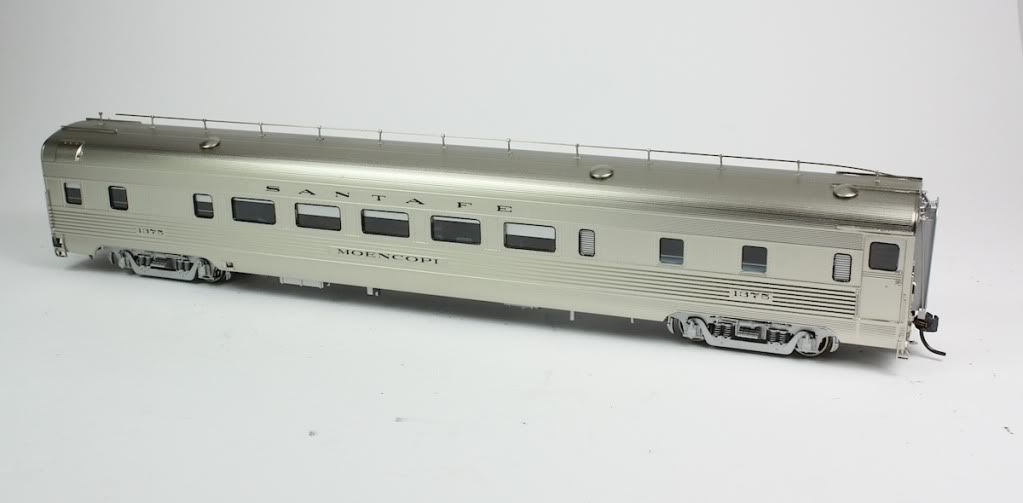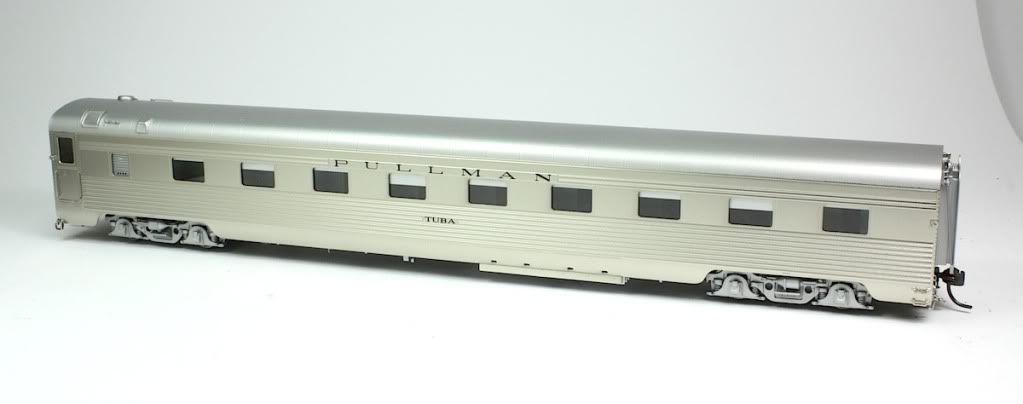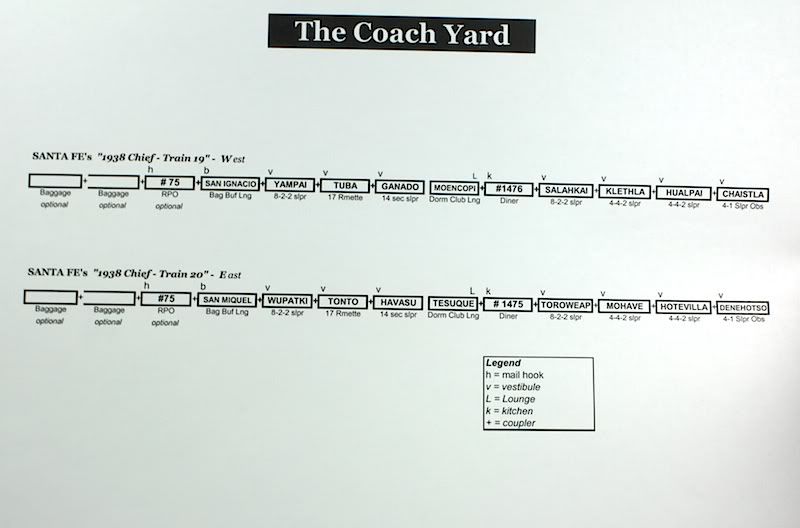On that issue of "pre-War" Budd design.. Budd found out in Naperville, IL April 26, 1946 the design was dangerous to say the least to rear end collisions.
The usual parade of Chicago/Denver trains left Chicago Union Station first the Advnaced Flyer then 5 minutes immediately behind the Exposition Flyer. At track speed the Expo was a "Silver Bullet" at over 90 miles per hour. Budd lightweight diner Silver Inn was completely destroyed by the much heavier Solarium Lounge "Mississippi" and 68 seat heavyweight Northern Pacific coach NP 1376 to the rear being shoved forward by the Exposition Flyer upon the 85 mph impact.
From Wikipedia:
"The Naperville train disaster occurred on April 26, 1946, at the Chicago, Burlington and Quincy Railroad station in Naperville, Illinois when the railroad's Exposition Flyer rammed into the Advance Flyer, which had made an unscheduled stop to check its running gear. The Exposition Flyer had been coming through on the same track at 85 miles per hour (137 km/h). 47 people died, and some 125 were injured.
According to initial interviews with the train crew, engineer W. W. Blaine of the Exposition Flyer (who survived with a fractured skull) immediately applied brakes upon seeing the first of two warning signals, but it was still too close to the first train to stop in time, and was still traveling in excess of 60 mph (97 km/h) when it struck the rear of the Advance Flyer."




The remains of Budd pre-War Silver Inn lay in splintered shrapnel. The main sills and floor buckled and turned the lightweight car into a death trap. Immediately after this event Budd reinforced their end design and the Q no longer surrounded lightweight cars with heavyweights. A dangerous combination.
From Wikipedia:
"This crash is a major reason why most passenger trains in the United States only travel at a speed limit of 79 mph (127 km/h) or below.[2][3] The CB&Q, Milwaukee Road, and Illinois Central were among railroads in the region running passenger trains at up to and above 100 miles per hour (160 km/h) in the 1930s and 1940s. The Interstate Commerce Commission ruled in 1951 that trains traveling faster must have "an automatic cab signal, automatic train stop or automatic train control system",[4][5] expensive technology that was implemented on some lines in the region, but has since been mostly removed.
Following this disaster, advancements in train speed in the United States essentially halted"
































































